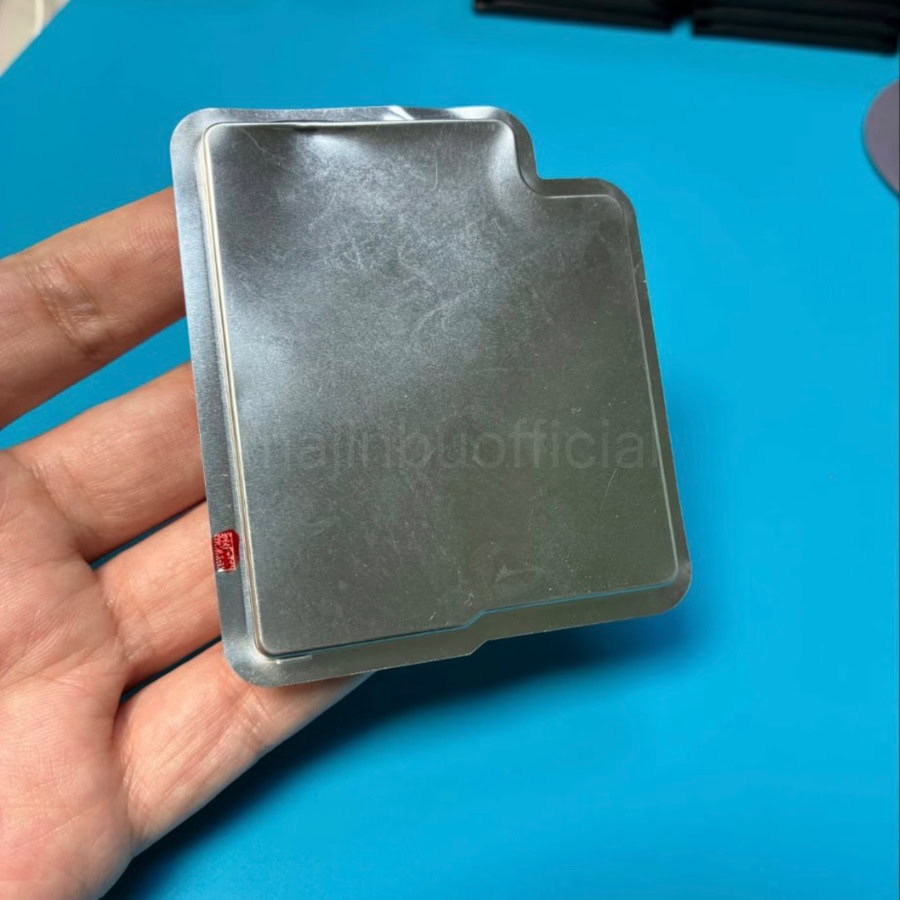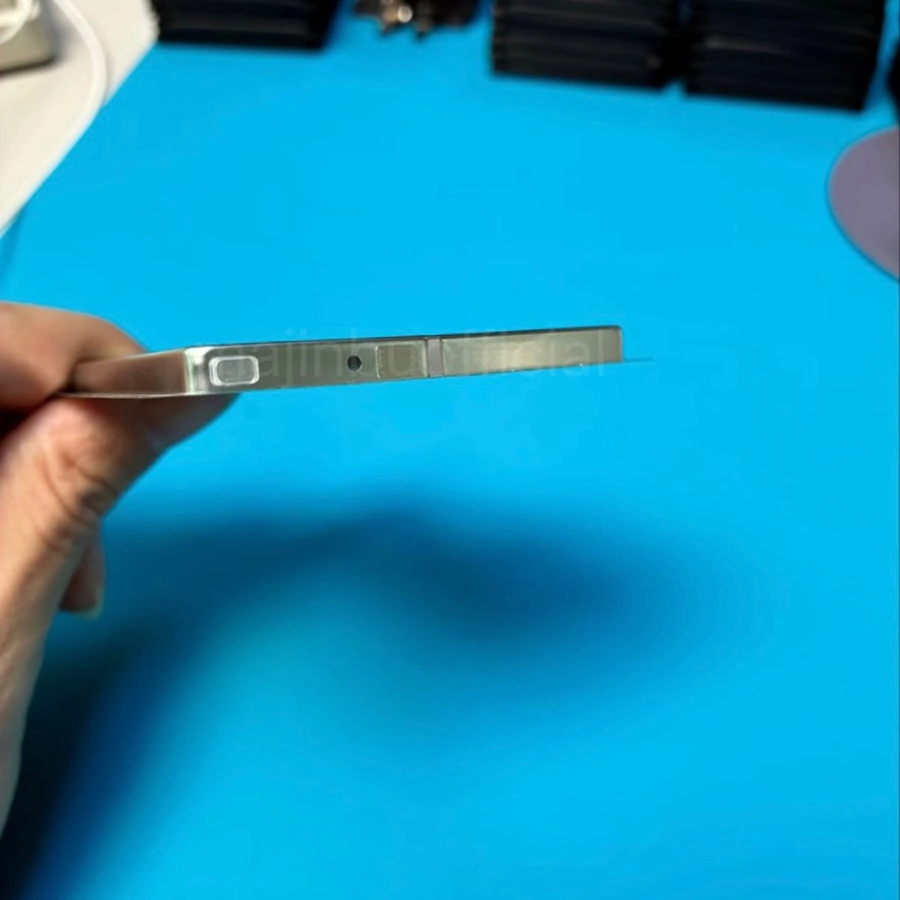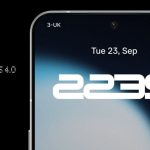Apple’s upcoming iPhone 17 Air is generating buzz in the smartphone world, with a new leak confirming a significant design trade-off: a smaller 2,900mAh battery to achieve an ultra-thin form factor. The iPhone 17 Air, expected to launch in September 2025, will reportedly replace the “Plus” variant in Apple’s lineup—signaling a bold aesthetic direction that puts thinness front and center.
Battery Capacity and Construction
According to leaked images shared by well-known source Majin Bu, the iPhone 17 Air will feature a 2,900mAh steel-cased battery pack. This capacity is a noticeable step down compared to recent iPhone models and may deliver the shortest battery life in Apple’s lineup since the iPhone 13 series. Internal testing reportedly suggests that just 60–70% of users will achieve a full day of use without recharging, making this device best suited for users who prioritize sleek looks over all-day battery endurance.
The use of a steel battery case—debuted with the iPhone 16 Pro—brings benefits beyond aesthetics. Steel helps to dissipate heat more efficiently and enables Apple to pack in higher cell density, potentially improving charging performance. The L-shaped battery design allows Apple to further optimize internal space even as it shrinks the overall logic board.



Engineering Solutions and Efficiency Improvements
Apple isn’t ignoring the impact of a smaller battery. To manage potential user concerns, several engineering strategies are reportedly in play:
- A19 Chip: The iPhone 17 Air is expected to feature Apple’s latest A19 processor, which should deliver improved energy efficiency compared to previous chips, stretching battery performance further.
- iOS 26 Adaptive Power Mode: Apple is tipped to introduce a new Adaptive Power Mode in iOS 26, optimizing background activity and display settings to save power when the phone detects lower battery conditions.
- Easier Battery Replacements: The new model may incorporate updated battery adhesives, similar to those seen in the iPhone 16 and 16 Plus. This design tweak aligns with growing demands—especially from European regulators—for greater device repairability and longevity.
- Official Battery Case: For users needing more power, Apple is rumored to offer an official snap-on battery case. This will provide substantially extended runtime but will partially negate the Air’s ultra-thin appeal when attached.
Market Position and Comparison
The iPhone 17 Air’s focus is clear: cater to a specific audience that values minimalism and a slim profile above all else. While Samsung’s newly released Galaxy S25 Edge also targets thinness, Apple’s latest is reportedly set to be even slimmer, although at the cost of battery life. The trade-off highlights the ongoing challenge for smartphone makers aiming to deliver both cutting-edge aesthetics and practical, all-day performance.
Apple’s iPhone 17 Air is shaping up to be a distinctive entry in the 2025 smartphone landscape. Its combination of ultra-thin construction, steel-cased battery, and tailored efficiency upgrades marks it as a device for style-focused users. Those seeking day-long endurance from their phone, however, may find the reduced battery capacity a real limitation—unless they opt for Apple’s forthcoming battery case accessory.
As the official September launch approaches, more detailed information on the iPhone 17 Air’s real-world battery experience and efficiency features is likely to emerge, allowing consumers to weigh the balance between design and daily practicality.






